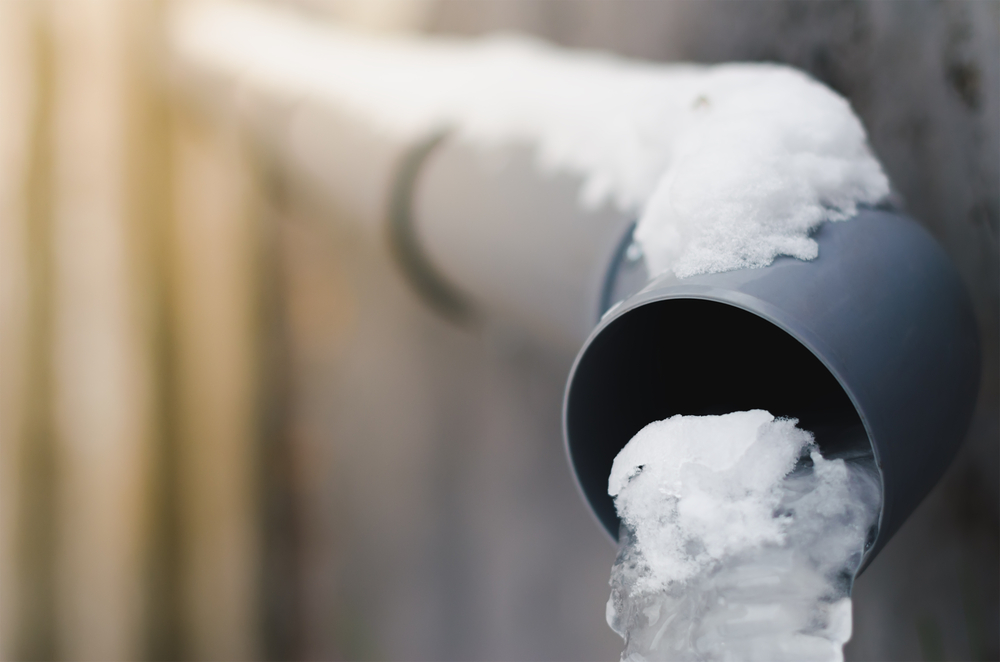They are making several great points related to Winter Plumbing Precautions: Preventing Frozen Pipes in general in the content which follows.

Cold weather can damage your pipes, particularly by freezing pipelines. Right here's just how to stop it from occurring and what to do if it does.
Intro
As temperatures decrease, the danger of icy pipelines increases, potentially causing pricey repairs and water damage. Comprehending exactly how to avoid icy pipelines is vital for home owners in cool environments.
Avoidance Tips
Protecting susceptible pipes
Wrap pipelines in insulation sleeves or utilize warm tape to protect them from freezing temperature levels. Concentrate on pipes in unheated or exterior locations of the home.
Heating strategies
Keep interior areas appropriately heated up, especially areas with plumbing. Open up cabinet doors to permit cozy air to circulate around pipelines under sinks.
How to determine icy pipes
Seek decreased water flow from taps, uncommon odors or noises from pipelines, and noticeable frost on exposed pipes.
Long-Term Solutions
Architectural changes
Think about rerouting pipes far from outside wall surfaces or unheated locations. Include added insulation to attic rooms, cellars, and crawl spaces.
Updating insulation
Invest in premium insulation for pipes, attics, and walls. Proper insulation helps maintain regular temperature levels and minimizes the threat of icy pipes.
Safeguarding Outdoor Pipes
Yard hose pipes and outdoor taps
Detach and drain yard hose pipes prior to wintertime. Install frost-proof faucets or cover outside taps with protected caps.
Understanding Icy Pipes
What triggers pipes to freeze?
Pipelines freeze when revealed to temperature levels listed below 32 ° F (0 ° C) for extended periods. As water inside the pipelines ices up, it expands, taxing the pipeline walls and potentially triggering them to burst.
Risks and damages
Icy pipelines can lead to water system disturbances, residential property damages, and pricey repairs. Ruptured pipelines can flooding homes and create considerable architectural damages.
Indicators of Frozen Water Lines
Recognizing frozen pipes early can prevent them from breaking.
What to Do If Your Pipelines Freeze
Immediate activities to take
If you think frozen pipelines, keep taps open up to eliminate pressure as the ice melts. Make use of a hairdryer or towels soaked in warm water to thaw pipelines slowly.
Verdict
Stopping frozen pipes requires aggressive measures and fast responses. By comprehending the reasons, indications, and safety nets, property owners can secure their plumbing throughout cold weather.
6 Proven Ways to Prevent Frozen Pipes and Protect Your Home
Disconnect and Drain Garden Hoses
Before winter arrives, start by disconnecting your garden hoses and draining any remaining water. Close the shut-off valves that supply outdoor hose bibs and leave the outdoor faucet open to allow any residual water to drain. For extra protection, consider using faucet covers throughout the colder months. It’s also important to drain water from any sprinkler supply lines following the manufacturer’s directions.
Insulate Exposed Pipes
Insulating your pipes is an effective way to prevent freezing. Pipe insulation is readily available at home improvement stores and is relatively inexpensive. Pay close attention to pipes in unheated areas such as the attic, basement, crawl spaces, or garage. Apply foam insulation generously to create a buffer against the cold. You can also wrap your pipes in heat tape or thermostat-controlled heat cables for added warmth.
Seal Air Leaks
Inspect your home for any cracks or openings that could let in cold air. Seal any holes around the piping in interior or exterior walls, as well as the sill plates where your home rests on its foundation. Additionally, make sure to keep your garage door closed unless you’re entering or exiting. Leaving it open creates a significant air leak that can lead to frozen pipes.
Allow Warm Air Circulation
During cold snaps, it’s essential to allow warm air to circulate evenly throughout your home. Leave interior doors ajar to promote better airflow. Open kitchen and bathroom cabinets to help distribute heat consistently around the rooms. If you have small children or pets, be sure to remove any household chemicals or potentially harmful cleaners from open cabinets for safety.
Let Faucets Drip
A small trickle of water can make a big difference in preventing ice formation inside your pipes. When temperatures drop significantly, start a drip of water from all faucets served by exposed pipes. This continuous flow helps prevent the water from freezing. Additionally, running a few faucets slightly can relieve pressure inside the pipes, reducing the chances of a rupture if the water inside does freeze.
https://choateshvac.com/6-proven-ways-to-prevent-frozen-pipes-and-protect-your-home/

We are very curious about 6 Ways to Prevent Frozen Pipes and I hope you appreciated the new blog post. Sharing is nice. You never know, you might be doing someone a favor. I love your readership.
Call Today